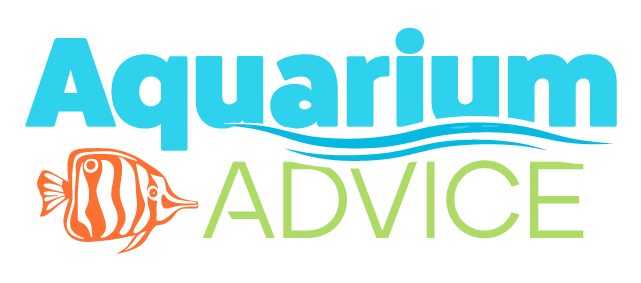Overall, this plant will be a very easy and tolerant plant for almost any freshwater tank. Very easy care and good growth will make it a welcome addition to any tank.
Scientific Name: Hygrophila polysperma ‘Rosanervig’Family Acanthaceae
Synonyms: Justicia polysperma, Ruellia polysperma, Heliadelphis polysperma
Common Names: Tropical Sunset, Sunset Hygro, Hygro Rosanervig
Region: South-east Asia
Maximum Size: 25-40 cm although can probably grow to the top of most tanks. Will grow plantlets of leaves are allowed to remain on the surface (tropica.com).
pH Range and Hardness: 5-9
Temperature: Tropical. 18-30° C. ; 64-86° F.
Light Level: Various light levels ranging from low to very high light. Light levels have been attributed to bringing out red, oranges and even pink color in the leaves. I grow this plant at between 3 and 4 w/g Normal Output fluorescents in a standard shop fixture. Mixed bulb types but both are supposed to grow plants. The lights are over 2 10 gallon tanks so the 80 watts is shared by them.
Ease of Growth: Very easy to grow with colors needing some effort with either lighting levels and limiting nitrates. A combination of both of these can result in very brilliant colors. My lighting gives the upper parts of the plant a very nice reddish orange color. Others have had very good success with bright pinks when the nitrates were limited to 5ppm or lower.
Habitat and Niche: Sunset hygro may grow as a fully-aquatic or sub-aquatic (emergent) plant in its environment, which primarily includes ponds, rivers, ditches and rice paddies. It is also commonly found as a floating plant.
Appearance: Ranging in color from a deep green to a lighter shade, the leaves are elliptical and usually 1.5-2 inches long. There is debate on the cause of the white “veins” that are the defining characteristic of the plant but it has been accepted as a possible virus causing it. This virus being harmless to both plants and fish. In proper conditions, the leaves and sometimes the stems will take in red, orange, pink, and purple coloration which are caused by either limiting the nitrates available to the plant, increasing lighting or a combination of both and other factors. The absolute cause is not known.
This specimen is in a 20 gallon tank, 60 watts of lighting. Due to the lighting not being considered high lighting, limiting of nitrates to 5ppm or less could be the contributing factor. This specimen is an example of what this plant is capable of as far as filling out from places that looked “dead” on the stems. Do not give up on this plant as it is very hard to kill and will make a very nice addition to any tank. If you can, get plants with well established root systems to speed up the acclimation and growth of this plant.
Personal Observations: My personal experiences were ones of initial frustration and then excitement. After initially receiving my first stems from Wizzard~of~Ozz (a fellow AA member), they seemed to struggle to even get started. All the larger and some of the smaller leaves were falling apart and looking really tattered. All the affected leaves eventually fell of and the places where the leaves were gave way to many shoots that have filled out and formed a very nice thick plant. With only 7 stems, this plant has already become a shade spot for my Cory cats and as it fills out, it will most likely form a very nice “cave” behind the leaves where just about any fish under 4 inches could easily seek refuge. If you are looking for a plant that will not only be easy to grow but will change if you give you give it the right conditions, this plant is right for you. Just be careful, once it gets a foothold, it could easily become a nuisance and need to be trimmed quite often, it will not be a low maintenance plant.
Planting Particulars: Sunset Hygro is a very easy stem plant to plant. Simply place the stem in the substrate with or without any leaves and it stays fairly well, even in my larger aquarium gravel. Being a leaf and root nutrient absorber, this plant really easy to feed and will grow in most any substrate.
Propagation: Propagation is simple by cutting the stem and replanting. Location of the cut does not seem to be important to this plant. It is written that it will propagate at the surface if the leaves are allowed to float for a period of time. It is also supposed to produce flowers and seeds but I have not experienced this nor seen it.
Other Observations: Overall, this plant will be a very easy and tolerant plant for almost any freshwater tank. Very little demands and easy growth will make it a welcome addition to any tank. What truly causes the colors to appear isn’t known but with the information provided, the fun part will be to find out what works for you as you experiment with light and nitrate levels.
References/Sources/Credits:
http://aquat1.ifas.ufl.edu/seagrant/hygpol2.html
http://www.tropica.com/plant_print.asp
A Special thanks to all the AA members for their contributions. A special thanks to: Mr. Funktastic, Jchillin and Wizzard~Of~Ozz.
http://www.aquariumadvice.com/viewtopic.php?t=84788&start=0
Last update: 2006-08-18 21:26
Author: Fish_4_all
